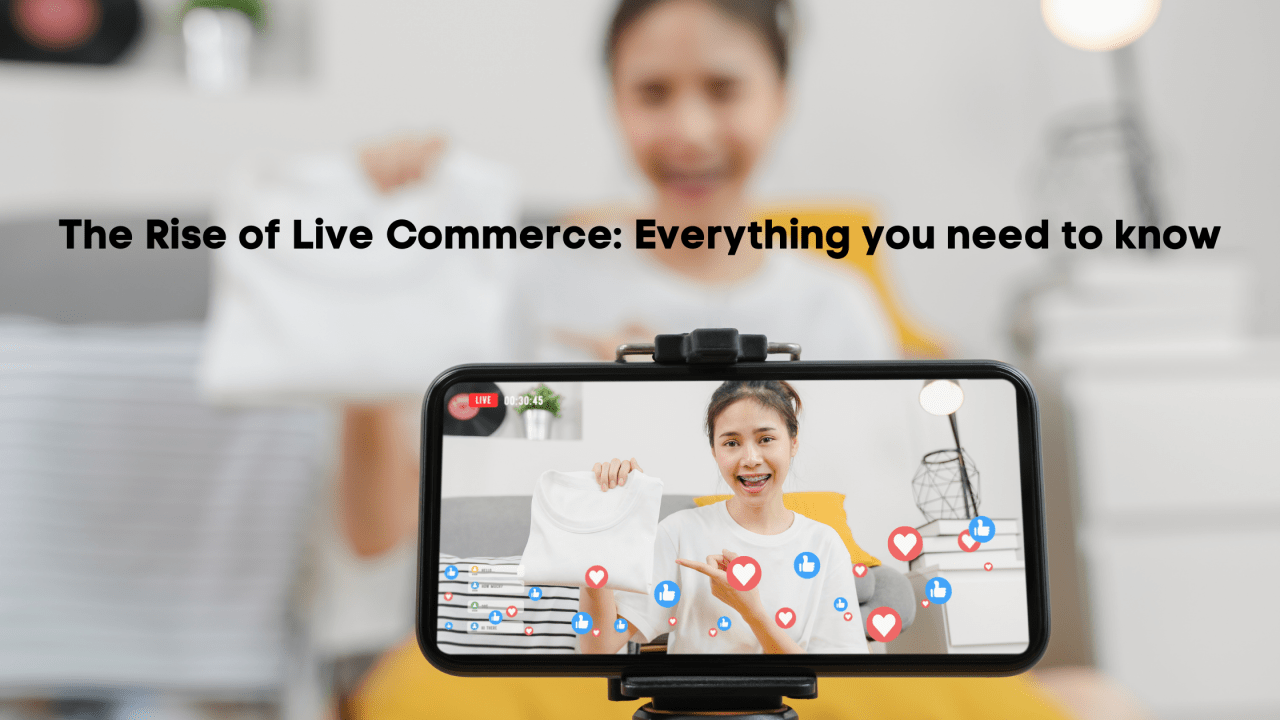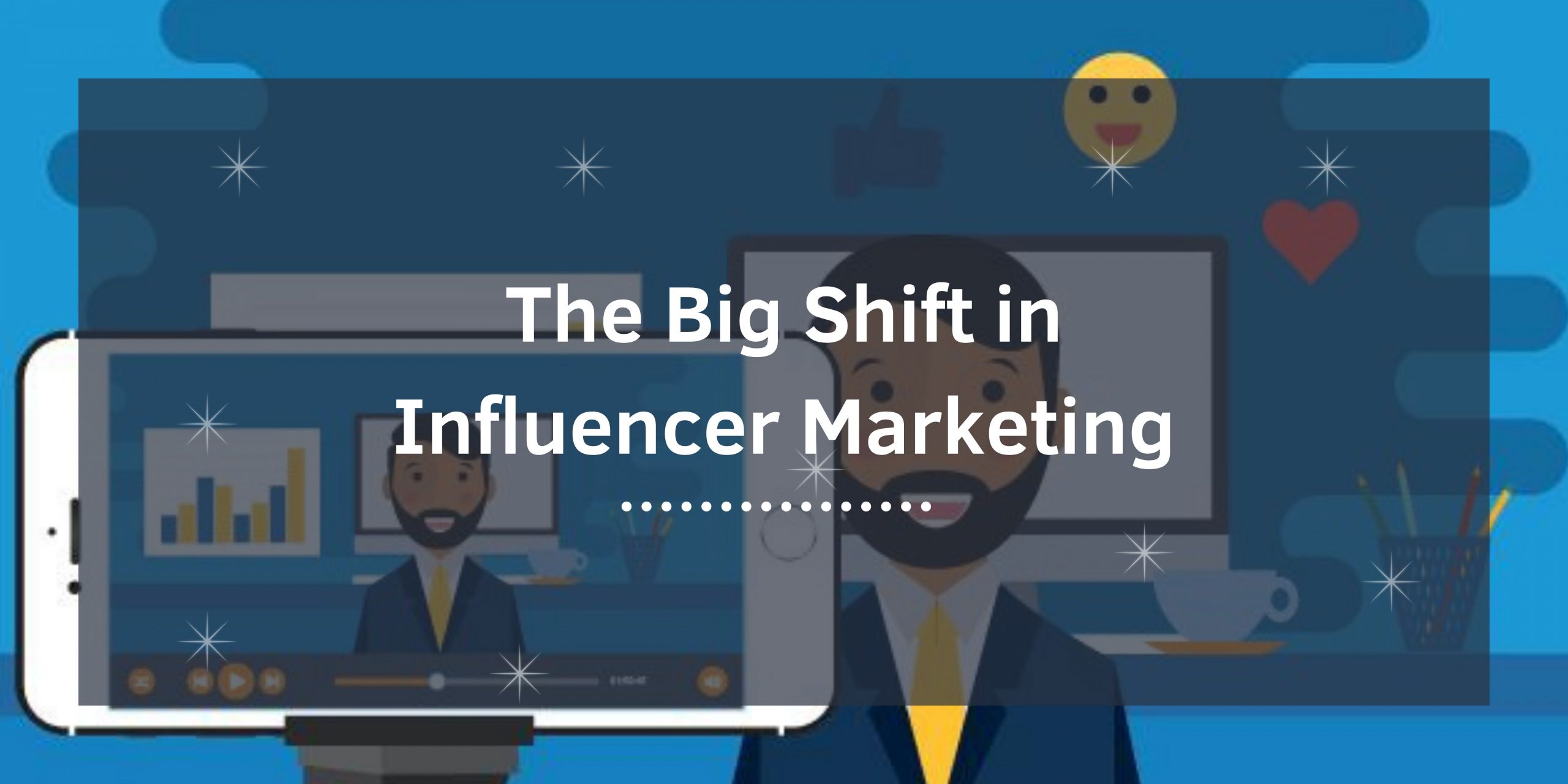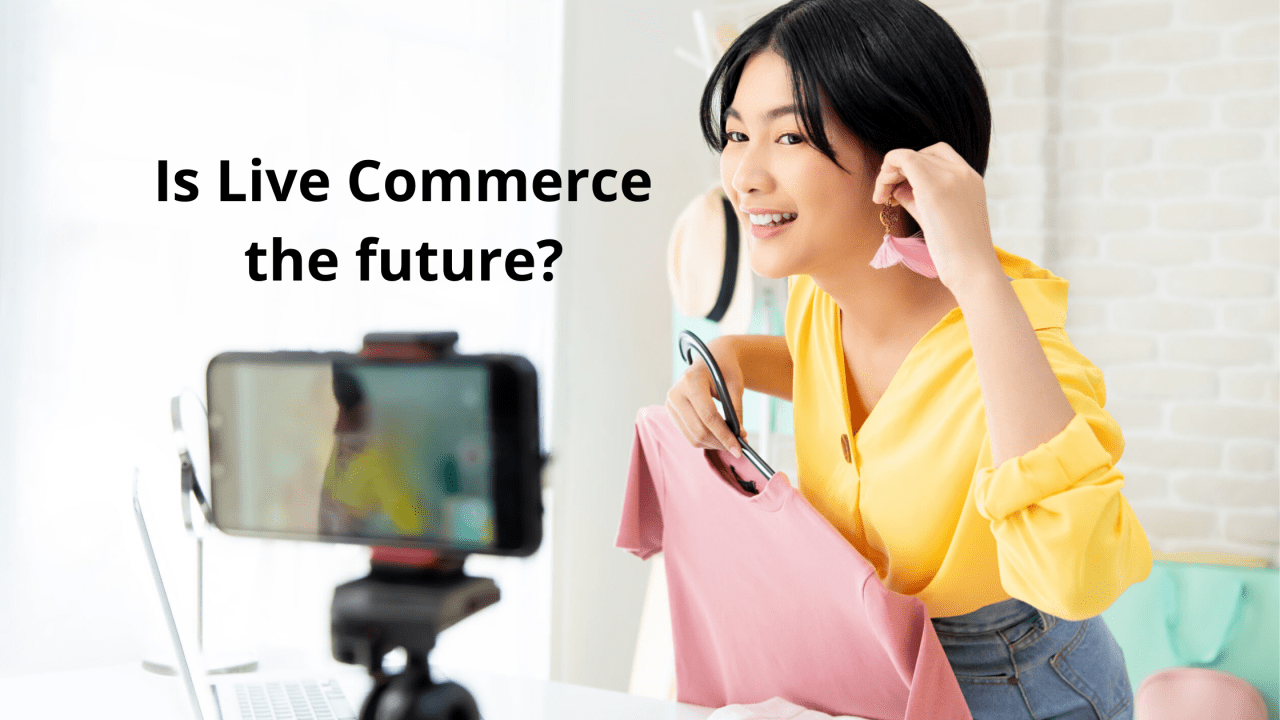Live Commerce has become phenomenal since the covid juncture. Live shopping, live chat, live streaming are the terms that are spinning around the E-commerce sector. What does this have to do with live commerce? Let’s take a look.
Live commerce provides a personalized online shopping experience with the help of live video streaming platforms, a live chat facility, and shopping cart integration. It can mimic a real-time shopping experience with useful demonstration videos on how to use the product.
Tracebacks
Live commerce has been pioneered in Asia. Covid has helped in exploding the live commerce market even though shoppable videos have been originated before that.
In China, live commerce has evolved swiftly and has developed into an innovative sales channel with an estimated penetration of 10% within a short span of five years. China’s live-commerce market value expanded between 2017 and 2020 at a compound annual growth rate of more than 280%, to achieve an estimated $171 billion in 2020. By 2023, live commerce will become a $770.70 billion market in China.
Taobao, China’s biggest online shopping destination uses live commerce to sell products. Alibaba’s owned live commerce platform, Taobao, is among the most visited site in the world. China’s top influencer Viya and Kim Kardashian joined in a live stream and managed to sell around 15,000 perfume bottles in a few minutes. Influencer marketing is trending in live commerce since it can convey the market value of products.
Live commerce has a significant presence all over the world. It is anticipated that Livestream eCommerce sales will inflate to $35 billion in the US by 2024.
Live commerce Boon
1) Engagement
Many people would love to watch a video rather than read lengthy posts. Through live streaming, viewers feel like they are a part of product discussions.
Video content has a higher engagement rate compared to other forms of content. Live commerce is effective from the engagement perspective when live streams happen with live chat facilities. Enhanced customer experience is the definite outcome of live commerce.
2) Reduces distribution costs
Live commerce reduces overhead costs. Products are directly distributed from warehouses rather than shipped from brick and mortar stores. This in turn saves a lot for manufacturers.
3) Instant Results
As mentioned, influencer marketing is a highlight for live commerce. When brands sell products, or when products are newly launched, they seek the help of influencers to join live streams. Through their followers’ presence, brand awareness is created among a wide range of people and sales acceleration happens as they purchase the products promoted by their favorite star.
4) Global Reach
Penetrating the barriers of geolocations is possible through live commerce. Targeted audiences from anywhere in the world can participate in live streaming of product promotion.
Scenarios other than selling in live commerce
1) Behind-the-Scenes
End products are always displayed on live commerce platforms. Users have the urge to know what is happening behind them.
How a product is formed, efforts behind the product formations are worth knowing. An exclusive sneak peek into a newly launched product arouses curiosity among users which helps in brand recognition, thereby promotion of the product.
2) Collecting Feedback
There are times, companies need more information from users to know in which direction they have to move to attain maximum results. Through live commerce platforms, they can conduct surveys, polls to know what is beneficial for their product improvement.
3) Product Launching
Launching products online can bring immense attention to a product. If efforts are supported by an influencer, people are eager to know more about the product. Creating hype about the product infuses interest among potential customers.
A leading cosmetic company welcomed 50 key influencers to launch their product, which resulted in 6 million views and 10,000 product sales in a few hours.
4) Reinvigorate transparency
There are instances where online contests/competitions have been held for brand promotion and people are doubtful on whether it’s scripted. For instance: A brand runs an online contest and people participate in it. Results may be announced online after several hours or days. We are only aware of the results and unaware of how these results are populated. Instead, if the entire process is live-streamed, the audience feels the transparency and understands that it is not scripted.
Live video shopping
Is live video shopping related to live commerce? Live commerce, live streaming, live video shopping – all point to the same thing. In live video shopping, you can aid your audience with virtual tryouts and advise them in real-time. This makes the scenario completely different from the conventional home shopping experience. Live video shopping is a solid way to strengthen the eCommerce market. There are noticeable benefits to live shopping as we can buy a product instantly as we like it and no more plannings on how we will access the product.
Forging relationships between end-user and brands is possible in live video shopping as people can buy their favorite products without leaving their homes. Gizmott is the first OTT platform that incorporates our live commerce platform, Flixbuy. It’s a turnkey solution to launch live commerce in e-commerce stores with influencer live streams, shoppable videos, and shoppable ads. Flixbuy is integrated with major e-commerce platforms like Shopify, Woocommerce, Squarespace, Magneto, comprising 60% of e-commerce stores.
Challenges
There are some existing challenges that can deteriorate the live commerce events.
1) Hosts going to wrongly scripted explanations or product malfunctioning could prevent companies from taking chances on live commerce events.
2) If there is no consistent audience, there should be some pre-event marketing. If the pre-event marketing process is not worthy enough, there is no point in hosting the live streaming.
3) Choice paralysis: Thousands of choices may lead to the loss of potential customers. Brands fight over the introduction of similar products with subtle variations, thus creating ambiguity among users to select the right one. People move over from brands to brands, causing variant market figures and an unstable customer base.
4) Lack of technological integrations could also be a failure for live commerce event hosting. Technical glitches lead to interrupted streaming, compelling people to choose the competitor brands.
Future
Live commerce is reducing barriers between shoppers and products. Engaging shopping experience with live commerce is a win-win situation for end-users, merchants, and others involved. Staying competitive ahead in the retail market is essential. Live commerce platforms have come a long way in facilitating brand awareness and sales conversion.
More sectors like health care, engineering are adapting to this revolution along with established live commerce industries like apparel, cosmetics, fashion, gadgets, etc. Immersive videos using virtual reality can deliver people life-like shopping experiences.




